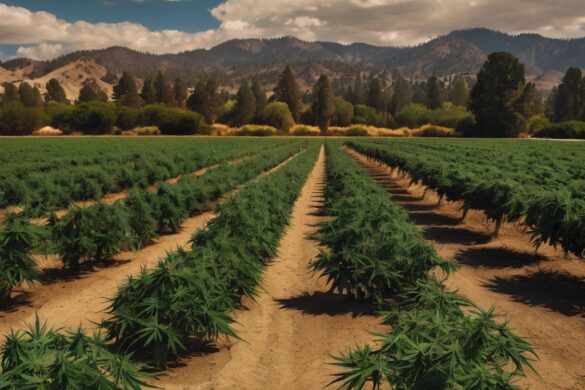Cheap to produce, easy to work with, strong and durable, concrete is the world’s most used substance, with production only expected to grow by five percent this year worldwide. But the material isn’t a modern invention. In fact, a precursor is traced to 6500 BC in the geographical locations now known as Southern Syria and Northern Jordan.

But the closest an ancient civilization came to modern cement was in 300 BC. With the opus caementicium. Using this, the Romans built wonders that still stand today, like the Pantheon and the Colosseum.
Here are six other things you may not have known about the substance.
#1 It’s Often Used to Construct Highways
In 1909 the first concrete highway was constructed in Detroit. The upgrade from uneven roads made of tars and stones to a smooth highway slowly revolutionized the industry. Today, most roads are either made of concrete or asphalt. Although the former is more expensive, it’s preferred by many experts because of its long life. On the other hand, asphalt handles freezing winters better, making it more suitable for the Canadian climate.
Because of the extreme variations in Canadian weather, concrete and asphalt are also used by Canadian homeowners for their projects. Thankfully, you can find certain contractors who are experts with either substance.
#2 It Has Multiple Applications at Home

Because concrete is durable and resistant to fire and water, it’s used extensively by homeowners for traditional items like floors, driveways, patios, and basements. Surprisingly, it has found a use in modern fixtures as well, like outdoor chairs, fireplaces, sinks, countertops and more.
If you’re in Western Canada and have renovation needs then work with a family owned company that identifies with your concerns as a homeowner. Whether you need to replace your driveway, patio, or basement window, a locally owned and operated business will offer the personal touch you’re looking for.
#3 A Lot of Concrete Was Used to Construct the CN Tower
For 32 years, Toronto’s CN Tower was the world’s tallest free-standing structure. It was constructed by 1,537 workers who poured 53,000 cubic yards of concrete. In 2007, the 1,815.3 ft tower lost the record to Dubai’s Burj Khalifa, which was built with 58,900 cubic yards of concrete.
#4 Concrete Is Incredibly Fire-Resistant
Concrete is a rare building material that doesn’t need additional fire-protection. When exposed to fire, it doesn’t burn, emit fumes, or easily conduct heat because its core components (clay, limestone, and gypsum) are nonflammable.
#5 It’s Used Most in China
With China’s meteoric economic rise has come an immense appetite for cheap and reliable building material. According to a blog by Microsoft’s Bill Gates, China consumed more concrete between 2011 and 2013 than the United States did in the entire 20th century. To be precise, this was 6.6 gigatons in three years as compared to 4.5 gigatons by the United States in 100 years.
Not surprisingly, the world’s largest concrete structure is in China. The Three Gorges Dam is 7,661 ft long and 607 ft high, cost over US$31 billion to make and used a record 21 million cubic yards of concrete.
#6 Concrete Has a Sizable Carbon Footprint
Concrete accounts for around five percent of the world’s yearly human-generated CO2 emissions. Some of this is due to China’s recent desire for the material. Fortunately, new technological advancements are helping make the substance more sustainable.
What’s more, some concrete contractors are being environmentally conscious by using energy efficient equipment, biodegradable fuel, and recycling machines on site. If these values are important to you then research your contractor before you partner with them.








